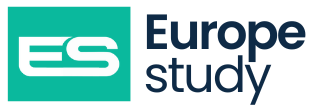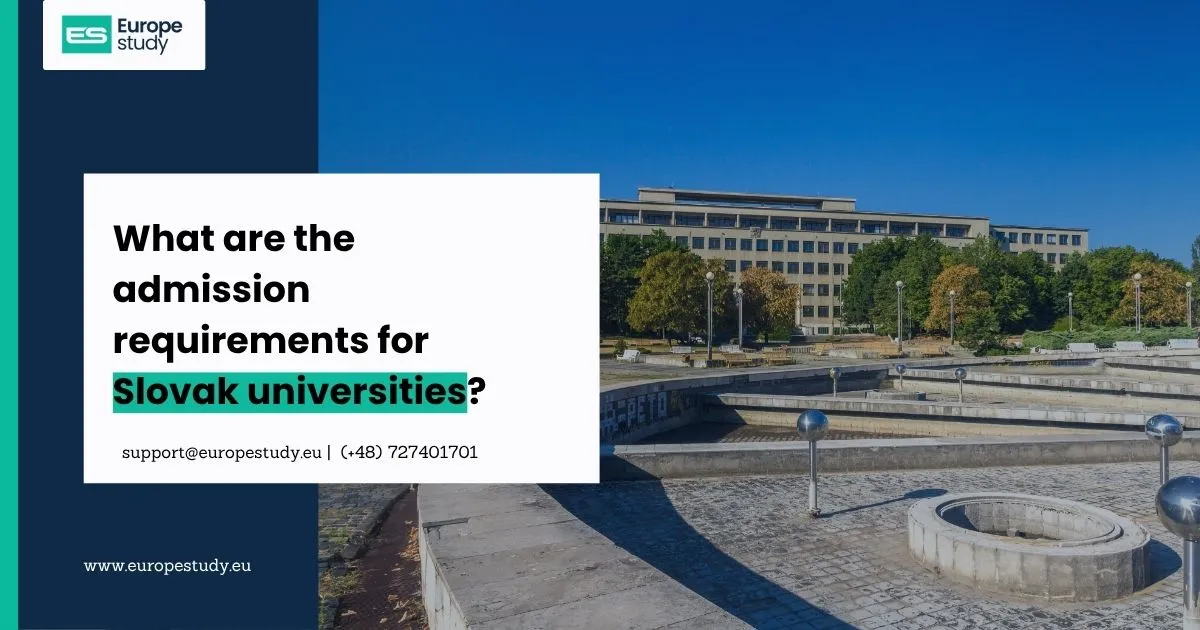
The Italian Education System
Italy offers a well-structured and comprehensive education system, organized into five main stages, from early childhood learning to university-level studies. Education plays a central role in Italian society, with a strong emphasis on both academic and personal development.
Stages of Education in Italy
-
Scuola dell'infanzia (Preschool)
-
Age group: Under 6
-
Attendance is optional, but the majority of children attend.
-
Focuses on early social, emotional, and basic educational development in a play-based environment.
-
-
Scuola primaria (Primary School)
-
Age group: 6 to 11
-
Also known as elementary school, this stage covers basic subjects including Italian, mathematics, science, history, geography, and a foreign language.
-
-
Scuola secondaria di primo grado (Lower Secondary School)
-
Age group: 11 to 14
-
Equivalent to middle school or junior high, this stage deepens students' knowledge and introduces more structured academic learning.
-
-
Scuola secondaria di secondo grado (Upper Secondary School)
-
Age group: 14 to 19
-
Students choose a specialized track: liceo (academic), istituto tecnico (technical), or istituto professionale(vocational).
-
Completion leads to the Maturità exam, which is required for university admission.
-
-
Università (University)
-
Italy’s higher education includes universities, polytechnic institutes, and academies for fine arts or music.
-
Degrees follow the Bologna Process: Bachelor’s (3 years), Master’s (2 years), and Doctorate (PhD).
-
Compulsory Education and School Types
Education in Italy is compulsory from age 6 to 16, covering both primary school and the first part of secondary education. The system is mostly public, with state schools offering free education and following a national curriculum overseen by the Ministry of Education.
Parents also have the option to enroll their children in private schools, including many international schools that offer alternative teaching styles, bilingual education, and smaller class sizes.
The Italian education system combines a strong public school foundation with a wide range of academic and vocational pathways. With its emphasis on structured learning, diverse school options, and quality higher education, Italy provides students with the tools they need to pursue both academic and professional success.





